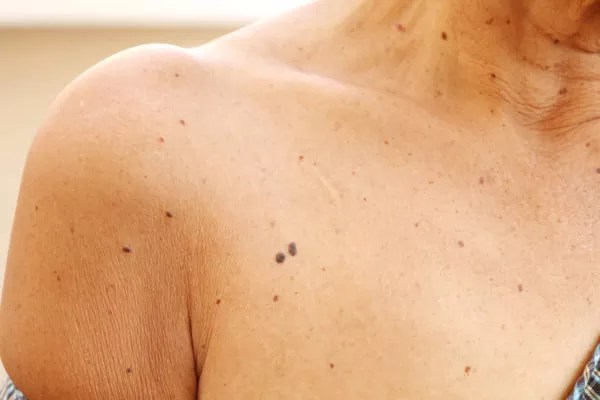- Understanding Skin Tags: Skin Tag Removal: What Do You Need To Know? Skin tags, medically termed as acrochordons, are small, benign growths that commonly occur on various parts of the body. They are typically harmless but can cause discomfort or cosmetic concerns due to their appearance.
- Common Locations: Skin tags often develop in areas where there is friction or rubbing, such as the neck, underarms, groin, and eyelids. However, they can occur anywhere on the body.
- Causes of Skin Tags: Skin tags can be caused by a variety of factors, including genetic predisposition, hormonal changes (such as during pregnancy), obesity, and insulin resistance. Understanding the underlying cause can help determine the most suitable removal method.
- Consultation with a Healthcare Professional: Before undergoing skin tag removal, it's crucial to consult with a qualified healthcare professional. They can assess the tags, discuss your medical history, and recommend the most appropriate treatment option.
- Removal Options: There are several methods for removing skin tags, including over-the-counter treatments like creams and patches, as well as medical procedures such as cryotherapy, ligation, and excision. The choice of method depends on factors such as the size, location, and number of tags.
- Benefits of Removal: The primary benefit of skin tag removal is the improvement in appearance and the elimination of discomfort caused by friction or irritation. Removing tags can also boost self-confidence and alleviate social discomfort.
- Safety Considerations: While skin tag removal is generally safe, there are potential risks such as infection, scarring, or pigmentation changes. It's essential to follow proper before and aftercare instructions and consult with a qualified professional to minimize these risks.
- Cost Factors: The cost of skin tag removal varies depending on factors such as the chosen method, the number of tags, and the healthcare provider's fees. Over-the-counter treatments are usually more affordable, while medical procedures may be costlier but offer quicker and more effective results.
- DIY vs. Professional Removal: While there are DIY methods available, such as tying off tags or using topical creams, professional removal by a healthcare provider is generally safer and more effective, especially for larger or more prominent tags.
- Long-Term Results: While removal provides immediate relief and improvement, there is a possibility of recurrence, particularly if underlying causes are not addressed. However, adopting preventive measures such as maintaining good skincare habits can help minimize this risk.
In conclusion, before undergoing skin tag removal, it's essential to understand the causes, options, and potential risks associated with the procedure. Consulting with a qualified healthcare professional can help ensure a safe and effective treatment plan tailored to your individual needs.





Comments